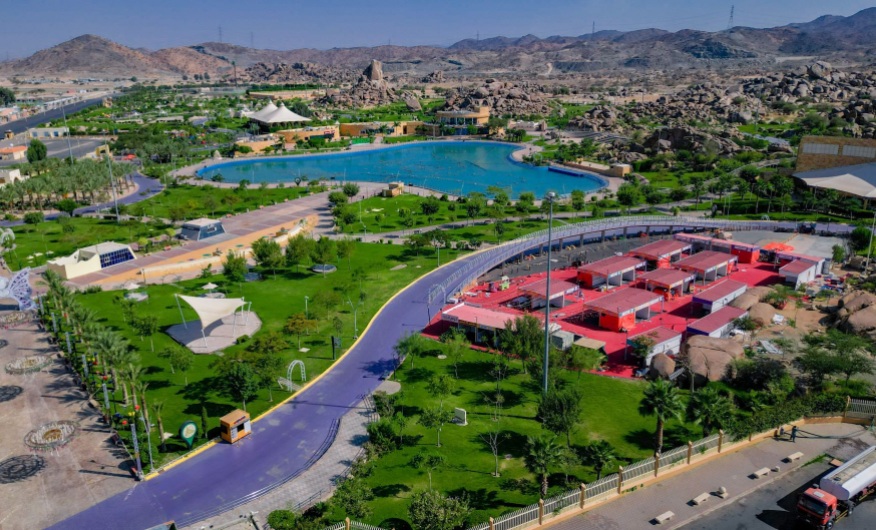RIYADH. Saudi Arabia’s ambitious tourism strategy is gaining unprecedented momentum, with Tabuk, Asir, Taif, Qassim, and Najran emerging as top-performing regions, each recording over 100% growth in licensed tourist hospitality facilities and rooms in 2024, according to data from the Ministry of Tourism.
Tabuk Leads with 166% License Growth, 198% Room Surge
The northwestern region of Tabuk, home to NEOM and Red Sea projects, dominated the rankings with a 166% year-on-year increase in hospitality licenses and a staggering 198% jump in licensed rooms. Close behind, the mountainous Asir region saw licenses rise by 138% and rooms by 145%, positioning it as a rising ecotourism hub.
Regional Breakdown:
Taif: 122% growth in licenses, 123% in rooms
Qassim: 112% license growth, 110% room expansion
Najran: 103% rise in licenses, 104% in rooms
National Tourism Strategy Drives Record Numbers
Saudi Arabia issued over 4,400 hospitality licenses in 2024, an 89% annual increase, as part of its push to diversify the economy under Vision 2030. Tourism Minister Ahmed Al-Khateeb highlighted the figures at the Al-Ahsa 2025 Conference, noting the sector’s role in attracting 88 million annual tourists by 2030.
The Ministry’s “Our Guests Are a Priority” initiative has streamlined licensing processes, ensuring facilities meet international standards. By Q3 2024, licensed hospitality facilities nationwide surged 99% year-on-year to 3,950, while licensed rooms skyrocketed 107% to 443,000 — doubling from 214,000 rooms in 2023.
Why It Matters
– Investor Confidence: Simplified licensing has spurred private sector participation.
– Tourist Influx: Aligns with Saudi Arabia’s 62% YoY increase in international visitors (Q1 2024).
– Job Creation: The sector aims to create 1 million jobs by 2030.
What’s Next
With mega-projects like Diriyah Gate and AlUla nearing completion, analysts predict Saudi Arabia’s hospitality sector will outpace regional competitors, cementing its status as a global tourism powerhouse.


